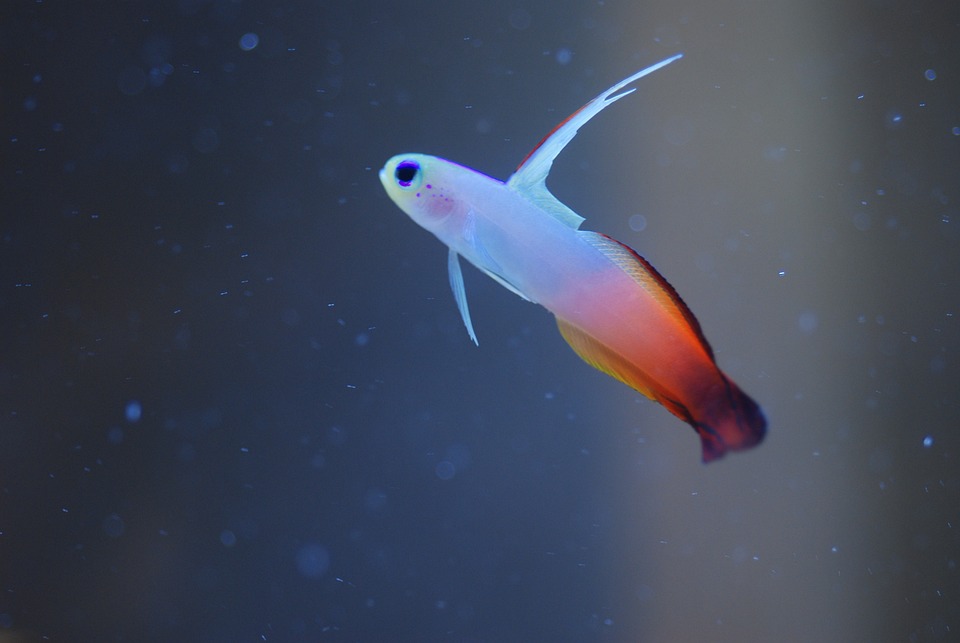Fish tank wound healing is a crucial aspect of fish care that every fish owner should understand. In this article, we will explore the science behind fish tank wound healing, including the stages of healing, factors that affect the healing process, and ways to promote optimal healing. We will also address common questions to provide comprehensive insights into this topic.
The wound healing process in fish tanks can be divided into three stages: inflammation, migration and proliferation, and remodeling. In the inflammation stage, the fish’s immune system responds to the injury by releasing inflammatory cells and factors to protect against infection. In the migration and proliferation stage, new cells migrate to the wound site and start to multiply, forming a layer of cells that cover the wound. Finally, in the remodeling stage, the newly formed tissue strengthens and matures, resulting in the complete healing of the wound.
Several factors can affect fish tank wound healing. Water quality plays a significant role, as pH levels, ammonia, nitrite levels, and temperature can impact the fish’s ability to heal. It is crucial to maintain a clean and well-balanced tank environment to promote optimal healing. Proper nutrition is also essential, as a balanced diet containing essential nutrients, vitamins, and minerals can support the fish’s immune system and overall health. In some cases, vitamin and mineral supplementation may be necessary to aid the healing process. Additionally, stress levels can affect wound healing, so minimizing stressors and maintaining a peaceful environment is important.
To promote optimal fish tank wound healing, it is crucial to provide clean and oxygenated water. Regular water changes and a proper filtration system can help maintain water quality. Medications and topical treatments can also be used to aid healing, including antimicrobial agents to prevent infection and wound sealants or coatings to protect the wound. Environmental enrichment, such as adding hiding spots and plants, can reduce stress and promote healing by creating a comfortable and stimulating environment. Additionally, reducing aggression among tank mates can prevent further injuries and aid in the healing process.
Now, let’s address some frequently asked questions about fish tank wound healing.
1. Can fish heal wounds without any intervention? While fish have the ability to heal wounds on their own, providing optimal conditions and appropriate treatments can significantly enhance the healing process.
2. How long does it take for fish wounds to heal? The healing time varies depending on the severity of the wound and the overall health of the fish. Minor wounds can heal within a few days to a week, while more severe injuries may take several weeks.
3. Should I quarantine an injured fish? Quarantining an injured fish is recommended to prevent further stress and potential infections. Isolating the fish in a separate tank ensures a controlled healing environment.
4. Can I use human wound care products on fish wounds? It is not advisable to use human wound care products on fish wounds. These products may contain chemicals or ingredients that are harmful to aquatic life. Stick to aquarium-safe treatments specifically designed for fish.
5. How can I prevent fish tank injuries in the first place? Regular tank maintenance, providing appropriate hiding spots, and careful selection of tank mates can help minimize the risk of injuries. Avoid sharp or rough decor items and ensure a suitable environment for your fish.
In conclusion, understanding the science behind fish tank wound healing is essential for every fish owner. By following the stages of wound healing, considering factors affecting healing, and implementing strategies to promote optimal healing, you can support your fish’s recovery and overall well-being. Prioritize water quality, provide a balanced diet, minimize stress, and take necessary precautions to prevent injuries. With the right knowledge and care, you can ensure a healthy and thriving aquatic environment for your beloved fish.









